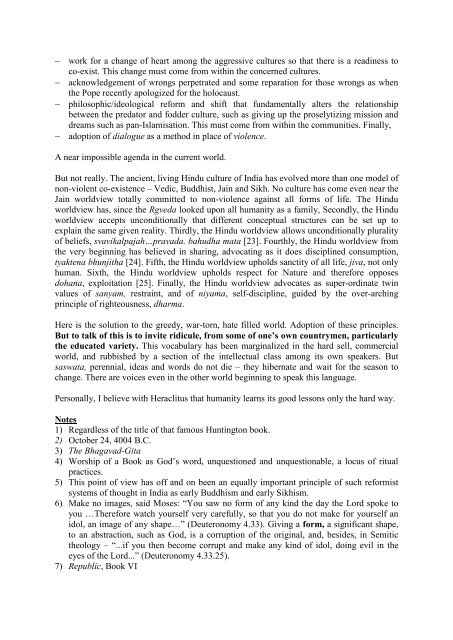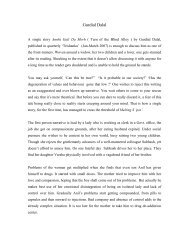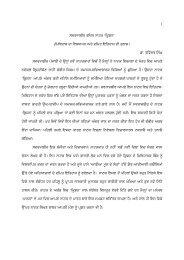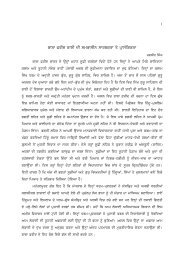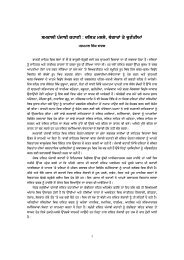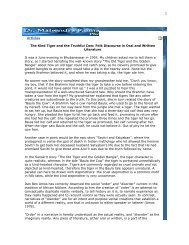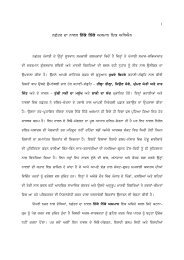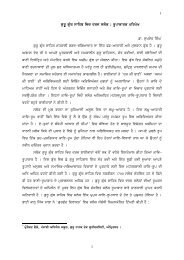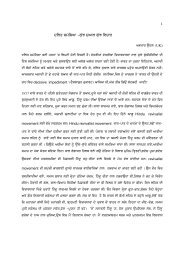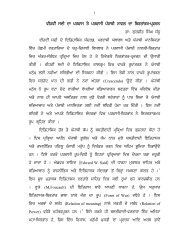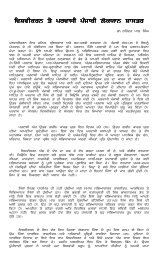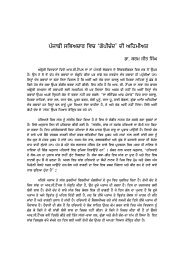Dialogue Among Civilizations-Kapil Kapoor-23 ... - Panjabi Alochana
Dialogue Among Civilizations-Kapil Kapoor-23 ... - Panjabi Alochana
Dialogue Among Civilizations-Kapil Kapoor-23 ... - Panjabi Alochana
Create successful ePaper yourself
Turn your PDF publications into a flip-book with our unique Google optimized e-Paper software.
− work for a change of heart among the aggressive cultures so that there is a readiness toco-exist. This change must come from within the concerned cultures.− acknowledgement of wrongs perpetrated and some reparation for those wrongs as whenthe Pope recently apologized for the holocaust.− philosophic/ideological reform and shift that fundamentally alters the relationshipbetween the predator and fodder culture, such as giving up the proselytizing mission anddreams such as pan-Islamisation. This must come from within the communities. Finally,− adoption of dialogue as a method in place of violence.A near impossible agenda in the current world.But not really. The ancient, living Hindu culture of India has evolved more than one model ofnon-violent co-existence – Vedic, Buddhist, Jain and Sikh. No culture has come even near theJain worldview totally committed to non-violence against all forms of life. The Hinduworldview has, since the Rgveda looked upon all humanity as a family, Secondly, the Hinduworldview accepts unconditionally that different conceptual structures can be set up toexplain the same given reality. Thirdly, the Hindu worldview allows unconditionally pluralityof beliefs, svavikalpajah…pravada. bahudha mata [<strong>23</strong>]. Fourthly, the Hindu worldview fromthe very beginning has believed in sharing, advocating as it does disciplined consumption,tyaktena bhunjitha [24]. Fifth, the Hindu worldview upholds sanctity of all life, jiva, not onlyhuman. Sixth, the Hindu worldview upholds respect for Nature and therefore opposesdohana, exploitation [25]. Finally, the Hindu worldview advocates as super-ordinate twinvalues of sanyam, restraint, and of niyama, self-discipline, guided by the over-archingprinciple of righteousness, dharma.Here is the solution to the greedy, war-torn, hate filled world. Adoption of these principles.But to talk of this is to invite ridicule, from some of one’s own countrymen, particularlythe educated variety. This vocabulary has been marginalized in the hard sell, commercialworld, and rubbished by a section of the intellectual class among its own speakers. Butsaswata, perennial, ideas and words do not die – they hibernate and wait for the season tochange. There are voices even in the other world beginning to speak this language.Personally, I believe with Heraclitus that humanity learns its good lessons only the hard way.Notes1) Regardless of the title of that famous Huntington book.2) October 24, 4004 B.C.3) The Bhagavad-Gita4) Worship of a Book as God’s word, unquestioned and unquestionable, a locus of ritualpractices.5) This point of view has off and on been an equally important principle of such reformistsystems of thought in India as early Buddhism and early Sikhism.6) Make no images, said Moses: “You saw no form of any kind the day the Lord spoke toyou …Therefore watch yourself very carefully, so that you do not make for yourself anidol, an image of any shape…” (Deuteronomy 4.33). Giving a form, a significant shape,to an abstraction, such as God, is a corruption of the original, and, besides, in Semitictheology – “...if you then become corrupt and make any kind of idol, doing evil in theeyes of the Lord...” (Deuteronomy 4.33.25).7) Republic, Book VI


